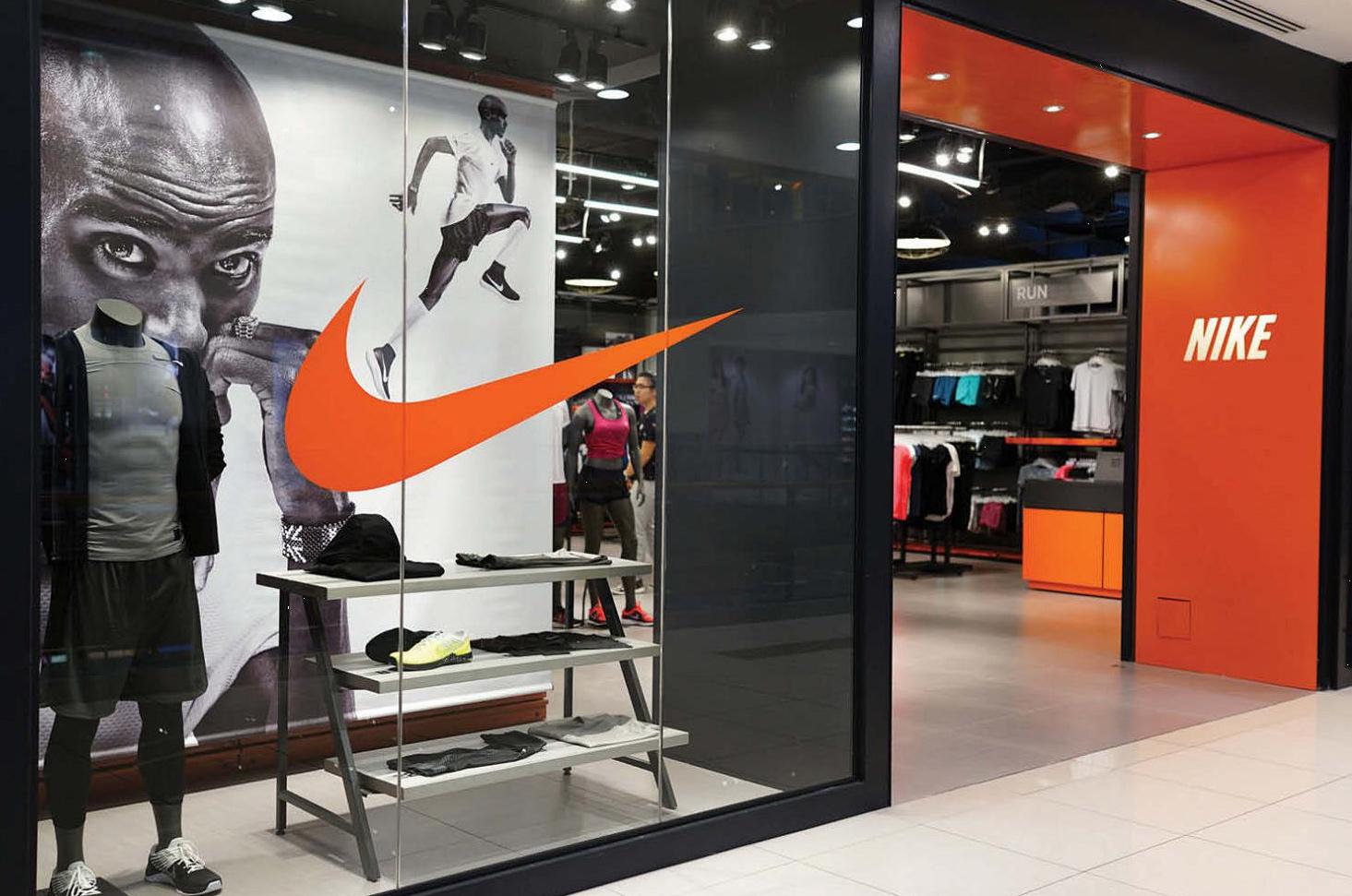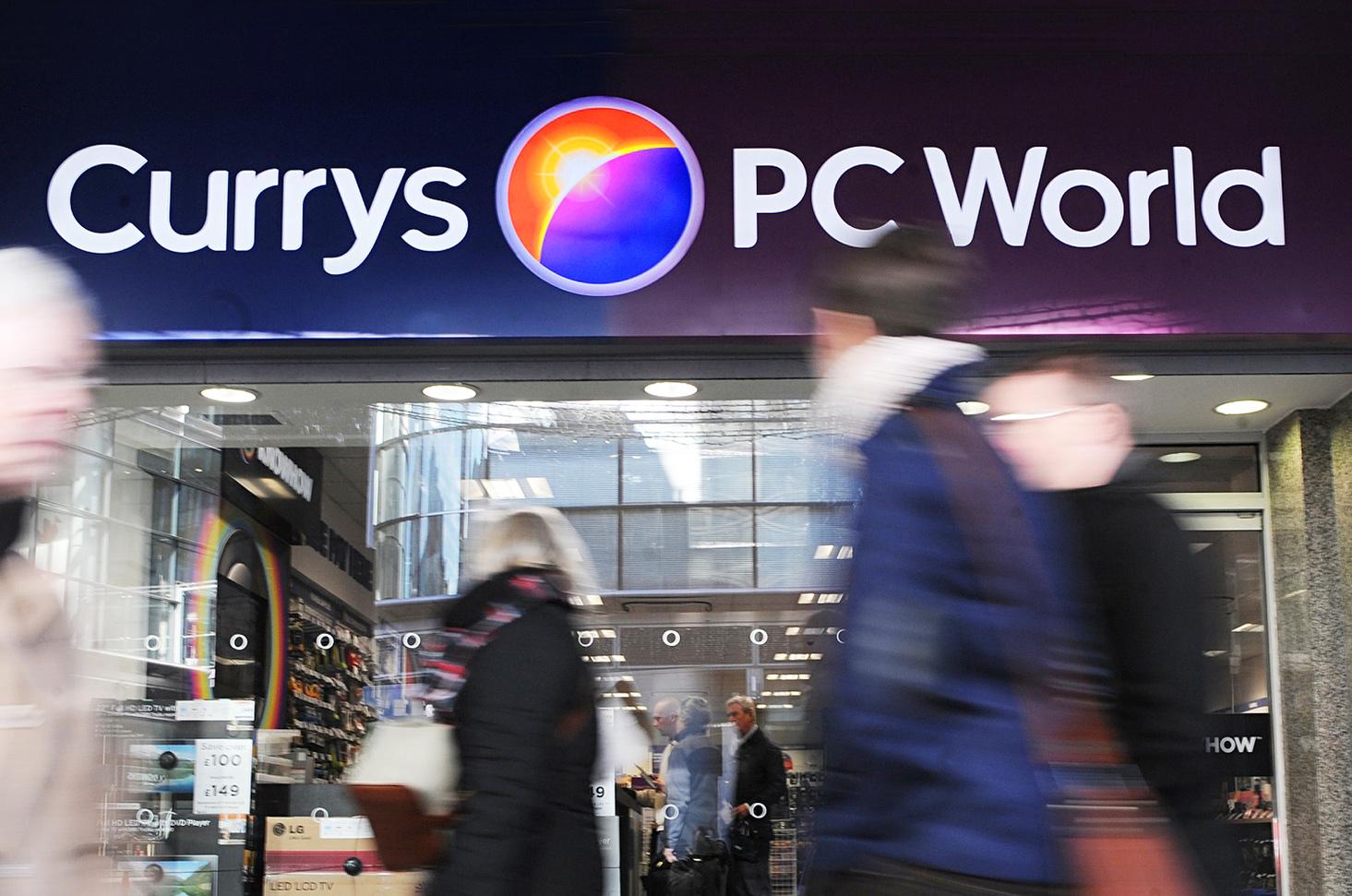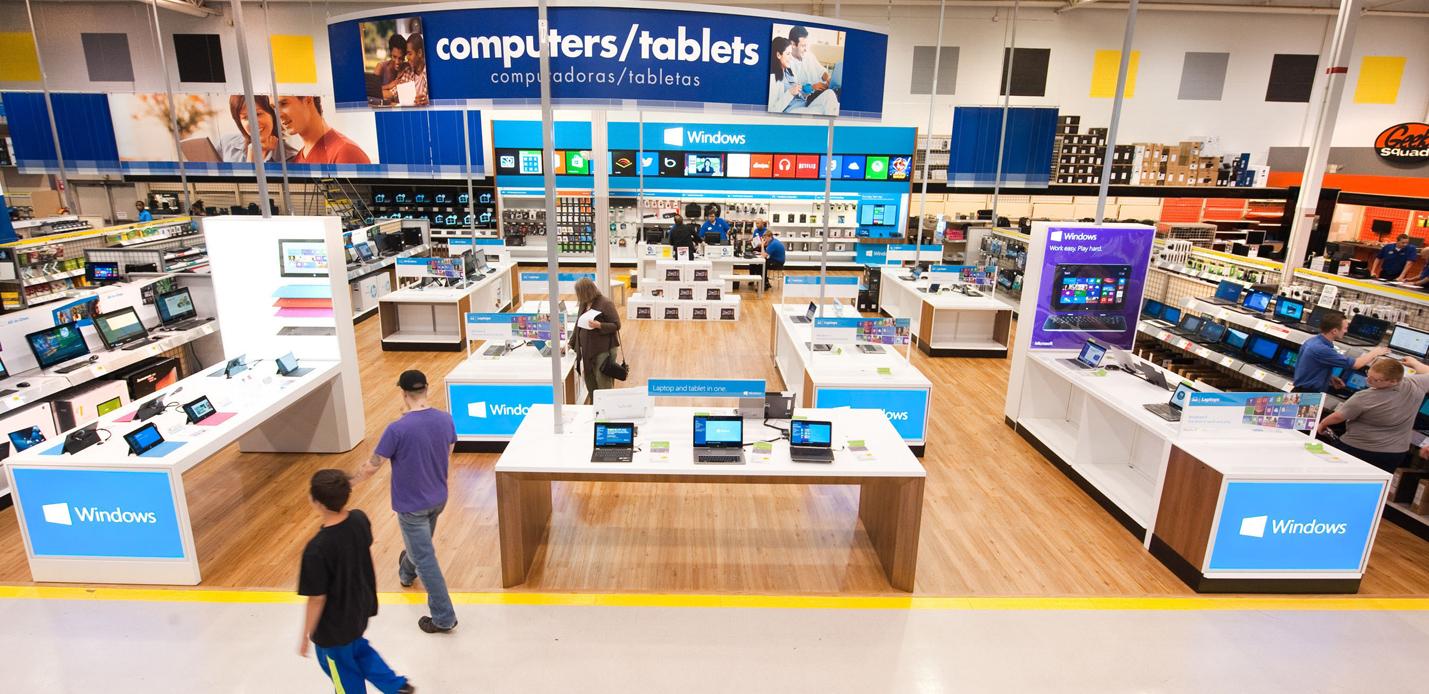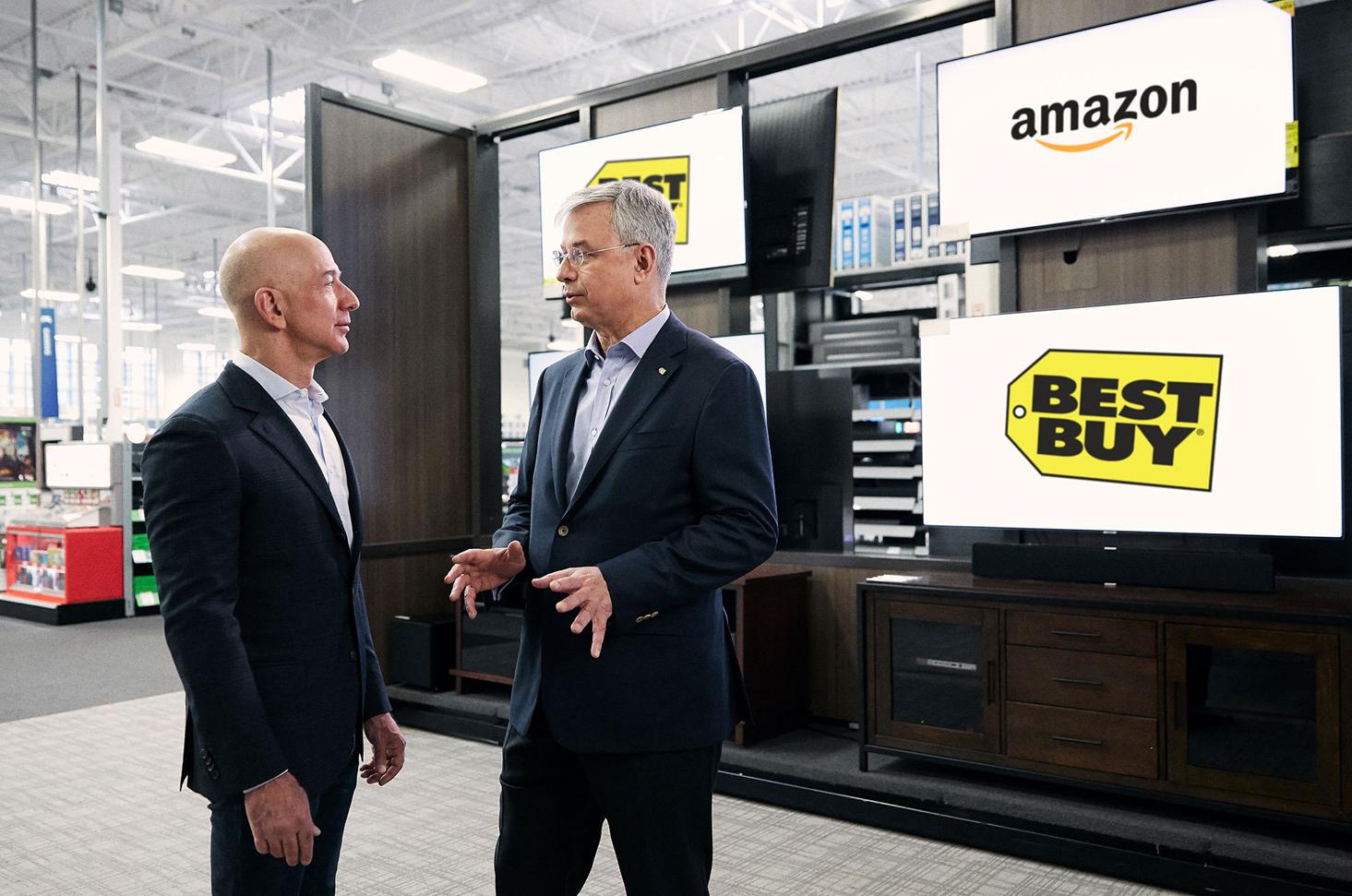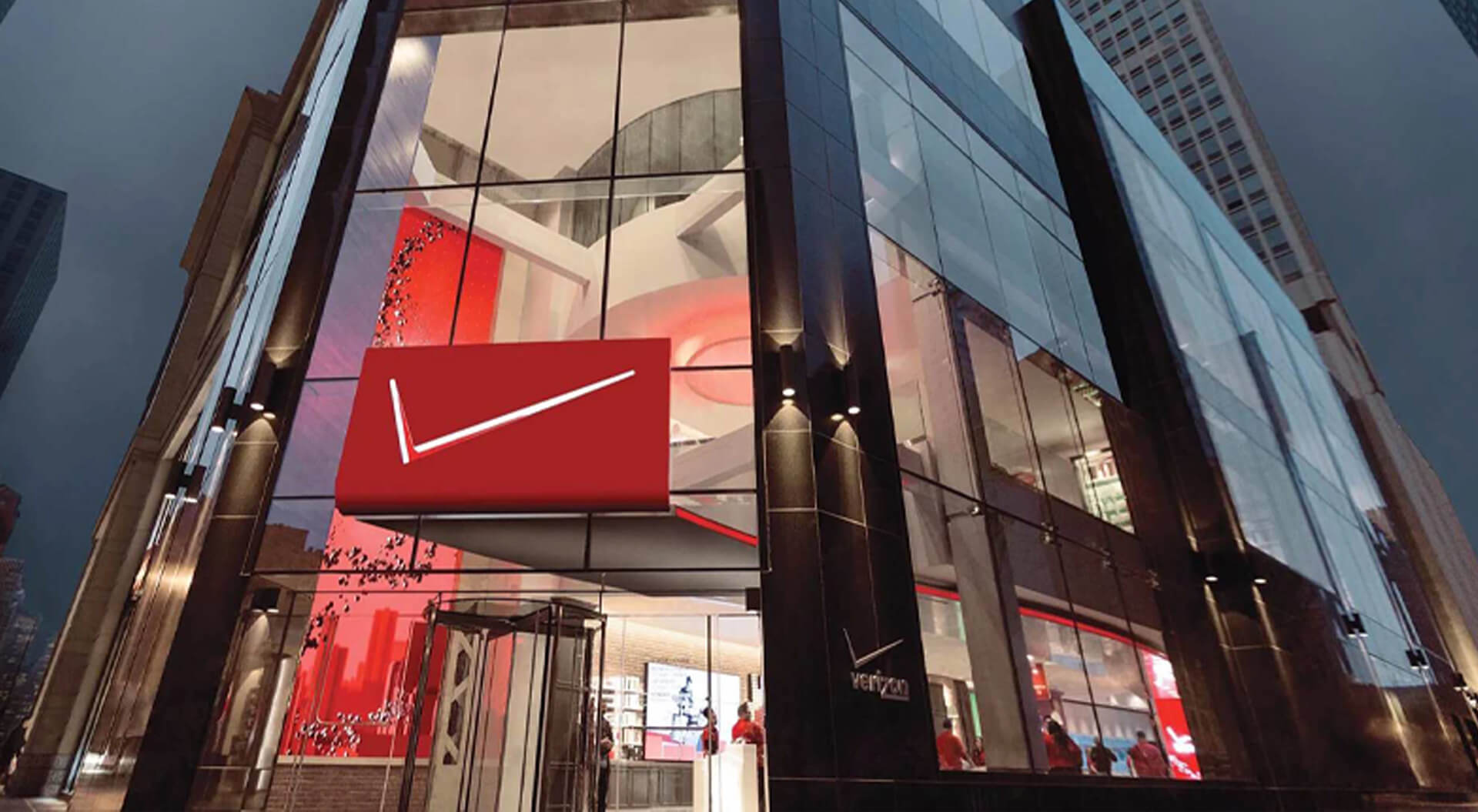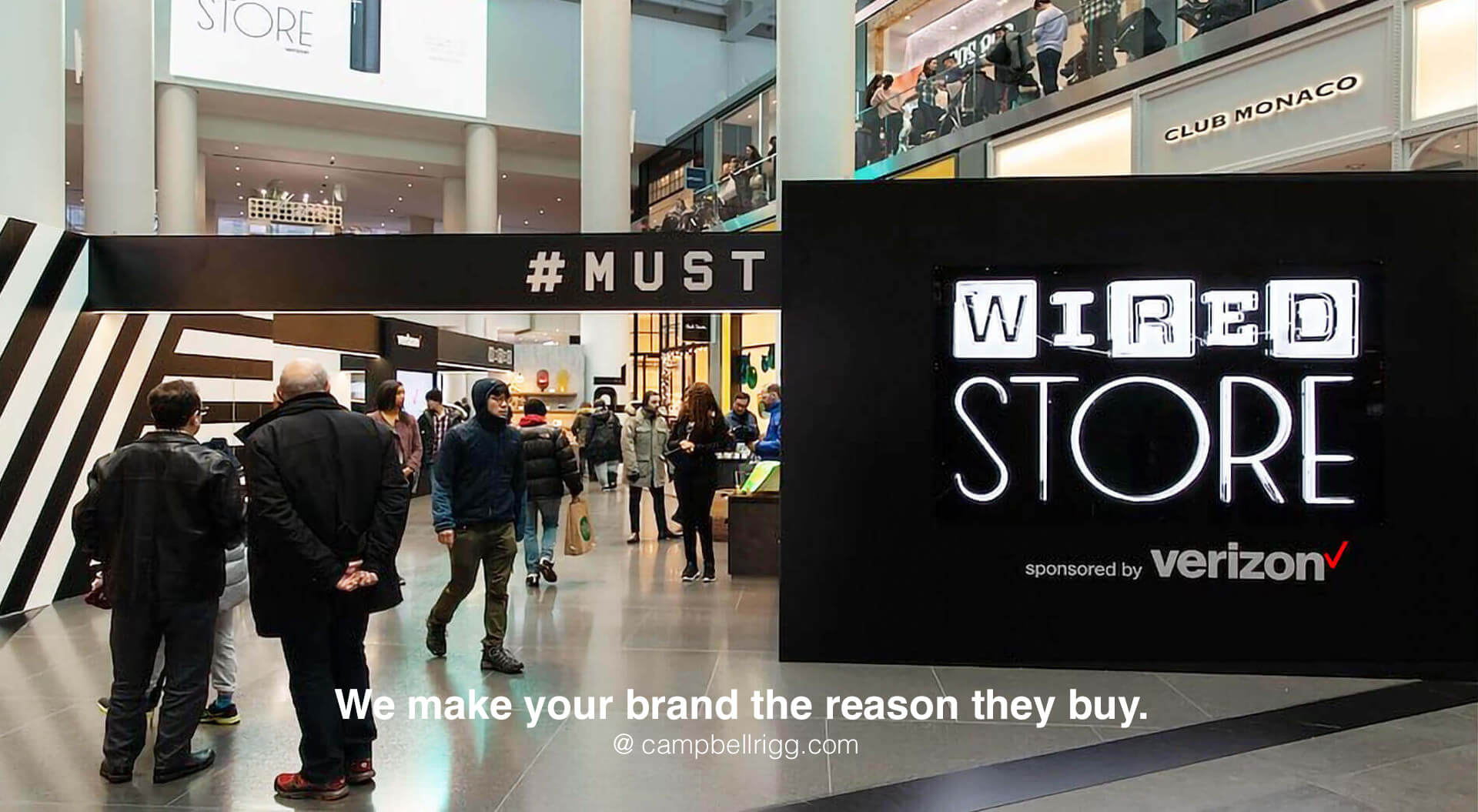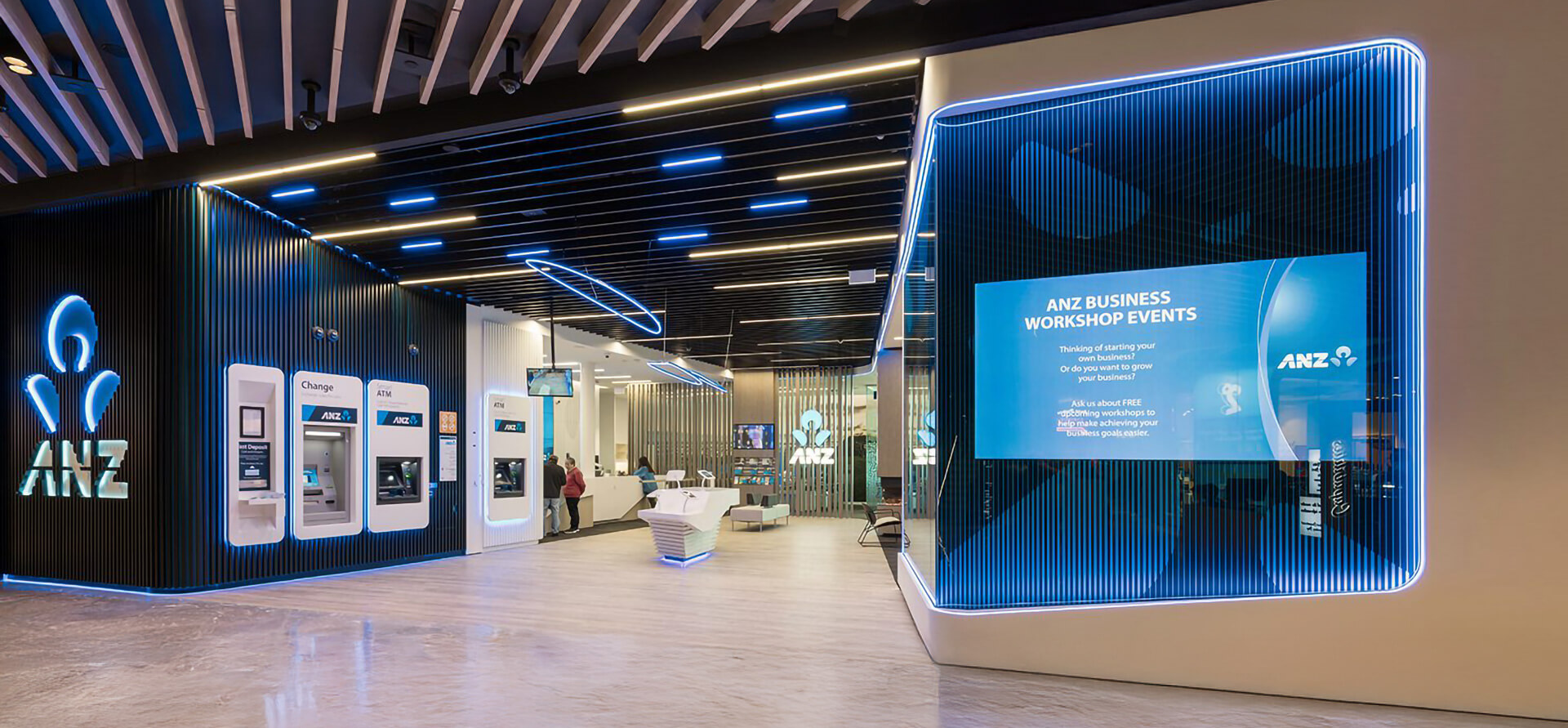News and Views
Direct-to-consumer brands have taught pure-play brick-and-mortar retailers that the e-commerce experience is just as important to their strategy as shopfront branding and the retail environments they design.
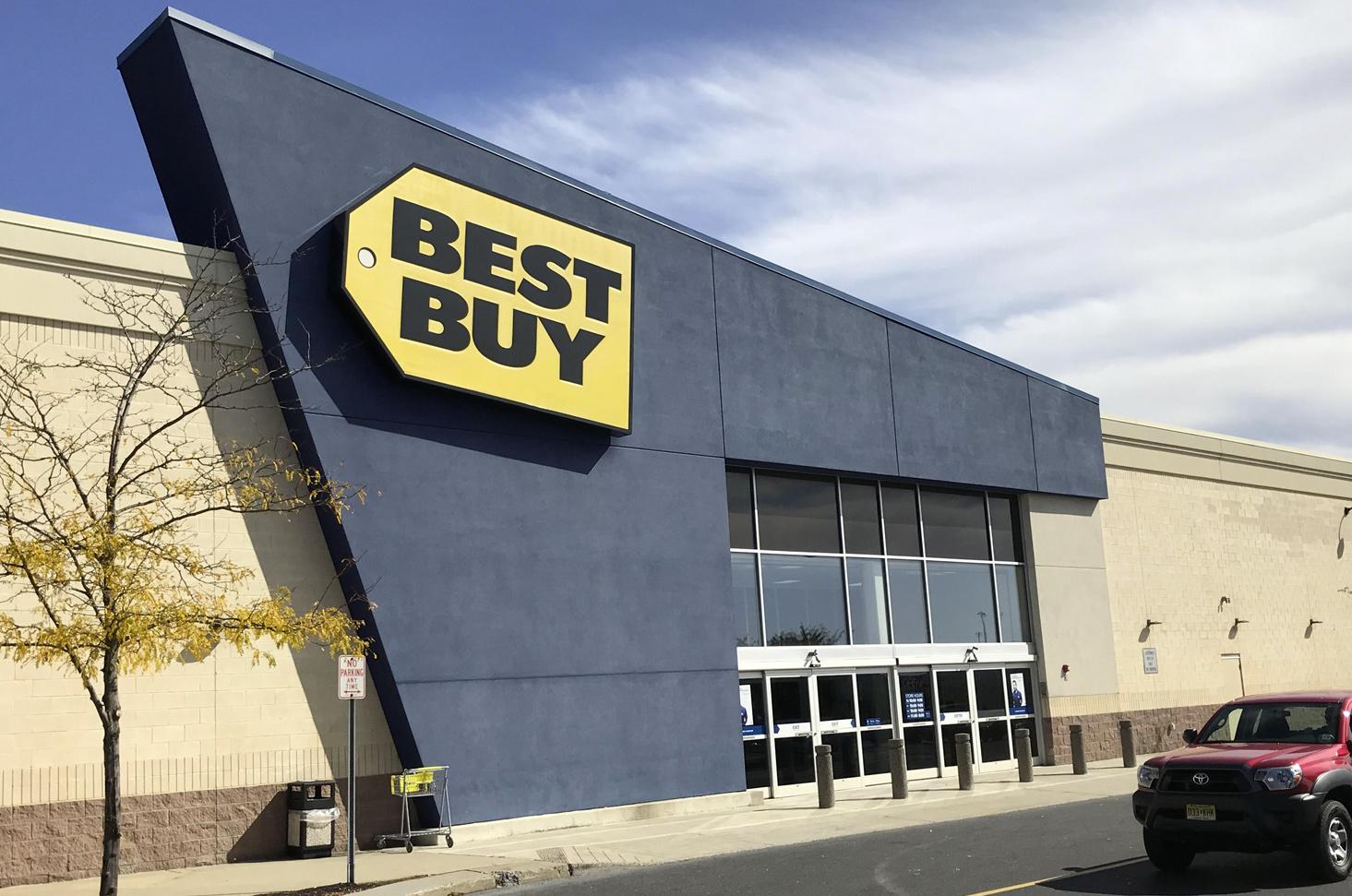

Pure-play vs Physical
In recent years, we’ve seen the rise of direct-to-consumer (DTC) brands in the electronic and fashion sectors. These brands are now poised to drive the next phase of growth for digital retailers.
Koio, a direct-to-consumer leather sneaker brand, is an example of a high-end sneaker company capitalising on this trend. Koio focuses on delivering high-quality sneakers at competitive prices, making premium footwear more accessible. Since its launch in late 2015, the company experienced a 400% year-over-year growth in 2017 and has expanded into physical retail with pop-up shops in New York City and Los Angeles.
Direct-to-consumer technology brands are also learning from traditional retailers. They initially recognised the potential of e-commerce, but now they see brick-and-mortar stores as a vital part of their business strategy. These brands are opening physical locations, from just a few outlets to over 200 stores. Their goals for these retail spaces vary, but having a physical presence is becoming integral to their overall business model.
Tivoli Audio, a global audio electronics brand, adopts a hybrid model, balancing direct-to-consumer operations where it makes sense while partnering with distributors and wholesalers in markets where DTC isn’t feasible. This approach blends traditional retail with modern e-commerce, showing the adaptability of DTC brands in various regions.
DTC brands have also influenced traditional retailers, showing them the importance of integrating a seamless e-commerce experience with in-store branding and design. This shift has blurred the lines between online and physical retail. Established brick-and-mortar retailers like Best Buy in the U.S. and Currys PC World in the UK have significantly strengthened their e-commerce platforms to remain competitive.
Consumer behaviour has also shifted, with many now looking directly to brands for their products, bypassing traditional retailers. A prime example is Nike, which announced it would no longer sell its products on Amazon, focusing instead on its own direct sales channels.
The Purpose of Store Design and Evolution
This shift toward direct-to-consumer retail is not just a passing trend; it’s a strategic investment. According to Campbell Rigg, CEO of Campbell Rigg International, DTC brands are increasingly opening physical locations because the cost of customer acquisition through online-only channels is too high.
This shift toward direct-to-consumer retail is not just a passing trend; it’s a strategic investment. According to Campbell Rigg, CEO of Campbell Rigg International, DTC brands are increasingly opening physical locations because the cost of customer acquisition through online-only channels is too high.
As consumer habits evolve, brands are rethinking store branding, interior design, and merchandising to better serve their customers. Click-and-collect services have become a key aspect of this, providing both convenience for customers and cost savings for retailers by reducing last-mile delivery expenses.
Reinvigorating the Customer Experience Through Design and Branding
Looking ahead, here are four key trends shaping retail in 2020:
Looking ahead, here are four key trends shaping retail in 2020:
Attracting Top Leadership and Energising Employees: Companies are focusing on creating environments that appeal to executives and employees alike.
Innovative Merchandising Displays: Retailers are working with design firms to drive value through more engaging merchandising strategies.
Maximising Brand Awareness: Growing a company’s brand presence can increase return on investment.
Sustainability and Access to Technology: Retailers are incorporating environmental considerations, including recycling initiatives and technology access.
Retail giants like Best Buy and Currys PC World continue to invest in these core fundamentals, giving them a competitive edge. They recognise the importance of differentiating their brands through customer experience, investing in top talent, and driving shareholder value by improving returns on invested capital.
Innovative Merchandising Displays: Retailers are working with design firms to drive value through more engaging merchandising strategies.
Maximising Brand Awareness: Growing a company’s brand presence can increase return on investment.
Sustainability and Access to Technology: Retailers are incorporating environmental considerations, including recycling initiatives and technology access.
Retail giants like Best Buy and Currys PC World continue to invest in these core fundamentals, giving them a competitive edge. They recognise the importance of differentiating their brands through customer experience, investing in top talent, and driving shareholder value by improving returns on invested capital.
The Importance of Physical Stores
Despite the growth of online shopping, Best Buy’s physical stores still play a crucial role. They offer consumers a hands-on experience with products—something Amazon has taken note of, as seen by its acquisition of Whole Foods and experimentation with concept retail stores. Amazon’s publication of its store sales figures highlights the growing importance of this segment to its business.
Despite the growth of online shopping, Best Buy’s physical stores still play a crucial role. They offer consumers a hands-on experience with products—something Amazon has taken note of, as seen by its acquisition of Whole Foods and experimentation with concept retail stores. Amazon’s publication of its store sales figures highlights the growing importance of this segment to its business.
Physical stores also serve as distribution centres, allowing retailers like Best Buy to fullfill online orders directly from store inventory. Additionally, customers can use the buy-online, pick-up-in-store option to save on shipping time and costs, giving brick-and-mortar retailers a competitive advantage.
Amazon and Best Buy have even partnered to sell Fire TV-powered televisions, demonstrating the significance of in-store experiences. Best Buy is the exclusive retailer of these TVs on Amazon.com, allowing customers to experience the product in-store and still credit Best Buy with the sale, even if they later purchase it online.
Campbell Rigg’s Role in Retail Innovation
At Campbell Rigg, we continuously benchmark best-in-class branding and design practices across various market sectors globally. Our work with Currys PC World, where we created the brand identity and store interior design, showcases our commitment to innovation and excellence in retail design.
At Campbell Rigg, we continuously benchmark best-in-class branding and design practices across various market sectors globally. Our work with Currys PC World, where we created the brand identity and store interior design, showcases our commitment to innovation and excellence in retail design.
Take a moment to explore other news items linked to this page, and feel free to reach out if you’d like to discuss your brand, design, or digital transformation needs.

